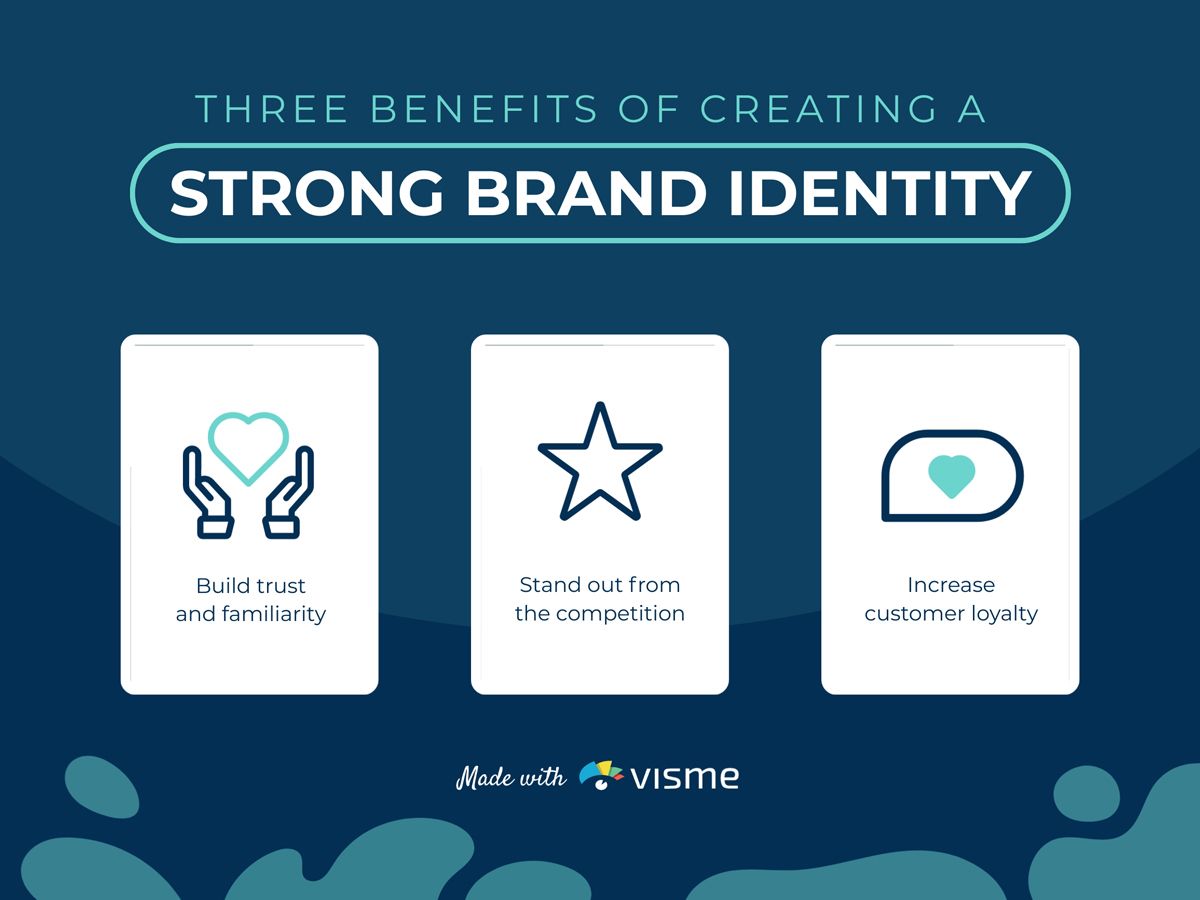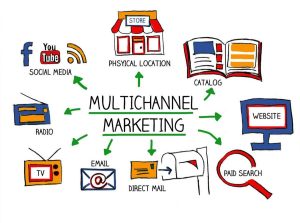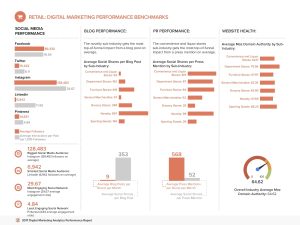
In today’s competitive business landscape, establishing a strong brand and identity is crucial for success. A well-developed brand can help differentiate your products or services from competitors, build customer loyalty, and even increase sales. In this article, we will explore the importance of branding and identity development and how HTML markup can enhance and showcase your brand effectively.
Why is branding important?
Branding goes far beyond just designing a logo or choosing a color palette. It embodies your company’s values, mission, and personality. A strong brand creates a connection between your business and your customers, leading to higher brand recognition and recall.
One of the key benefits of effective branding is differentiation. In today’s crowded marketplace, standing out from the competition is essential. A unique and well-defined brand helps consumers recognize and choose your products or services over others. It creates trust and familiarity, making customers more likely to choose you when faced with similar options.
Furthermore, a strong brand can foster customer loyalty. When people identify with your brand, they become brand advocates. They willingly promote your products or services to others, helping to increase your customer base. Loyal customers also tend to be repeat customers, boosting your revenue in the long run.
Building your brand identity
Brand identity is the visual representation of your brand. It includes elements like your logo, typography, color scheme, and overall design aesthetic. Consistency is key when building your brand identity to ensure it is easily recognizable across different platforms and touchpoints.
HTML markup plays a crucial role in showcasing your brand identity online. When creating a website, using proper HTML tags and attributes can help convey your brand’s personality. For example, using the <h1> tag with appropriate styling can make your headline stand out and emphasize your brand message. Combining it with custom CSS styles enables you to control the look and feel to match your brand aesthetic.
Additionally, HTML tags like <img> can be utilized to display your logo or other visual elements. The alt attribute is particularly important as it improves accessibility and allows search engines to understand your images. Choosing descriptive alt text that incorporates your brand keywords will boost your brand visibility in search results.
The power of consistent branding
Consistency across all marketing and communication channels is crucial for successful branding. Every interaction with your brand should evoke the same feelings and recognition, irrespective of the platform.
HTML markup can help achieve this consistency. By utilizing HTML classes and ids, you can define reusable styles that can be applied consistently throughout your website. This ensures that elements like headings, links, and buttons maintain the same look and feel, reinforcing your brand identity.
Another advantage of HTML is the ability to create responsive designs. With the growing dominance of mobile devices, ensuring your website looks and functions well on different screen sizes is crucial. By using HTML5 features like media queries and flexible grid systems, you can build responsive and mobile-friendly websites that provide a consistent brand experience across devices.
Expanding your brand presence with HTML markup
HTML markup can also be leveraged to expand your brand presence beyond your website. When sharing content on social media platforms or through email marketing campaigns, HTML tags come into play.
By adding appropriate tags, such as <meta> and <title>, you can specify how your brand is displayed when shared on platforms like Facebook, Twitter, or LinkedIn. This ensures that your brand elements, such as the logo, headline, and description, are showcased accurately, increasing brand recognition and engagement.
In email marketing, HTML markup enables you to design branded templates. Customizing the look and layout of your emails using HTML allows you to extend your brand identity, maintain consistency, and make a lasting impression on subscribers.
Conclusion
In today’s competitive business environment, branding and identity development are essential for success. HTML markup provides powerful tools to enhance your branding efforts, from creating visually appealing websites that convey your brand personality to maintaining consistency across platforms and expanding your brand presence online. By paying attention to your brand identity and incorporating HTML effectively, you can establish a strong and memorable brand that sets you apart from the competition.

